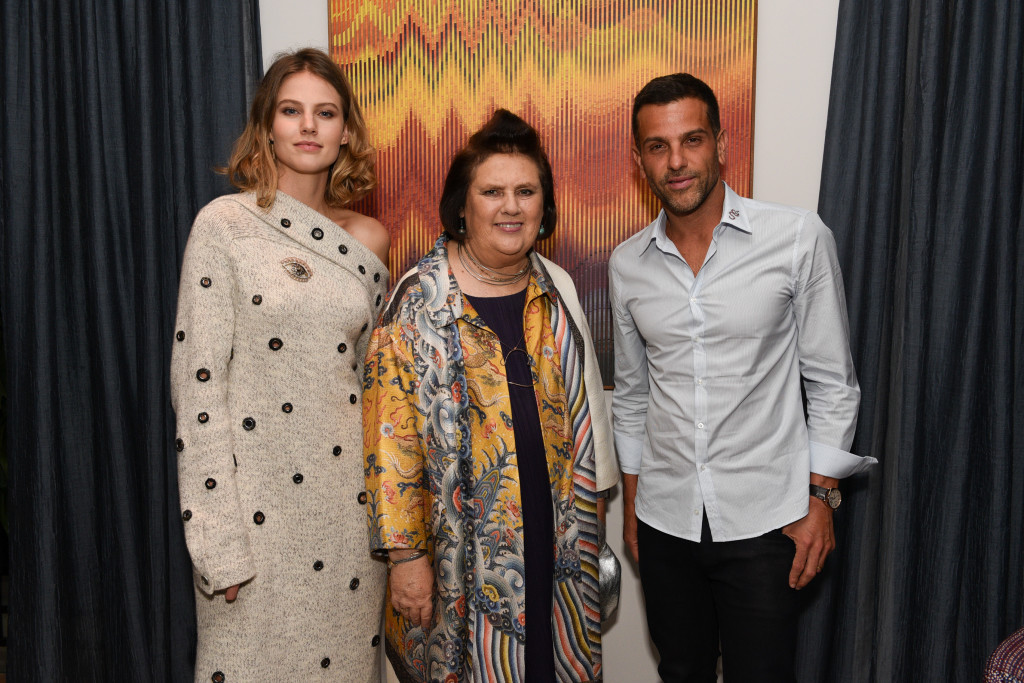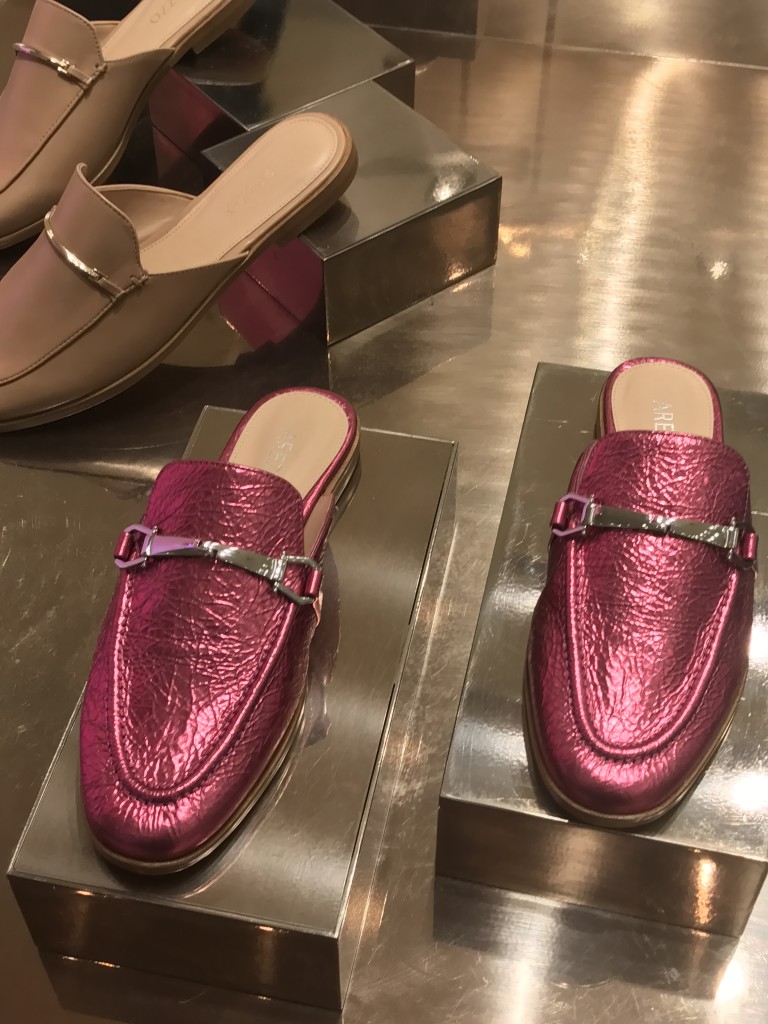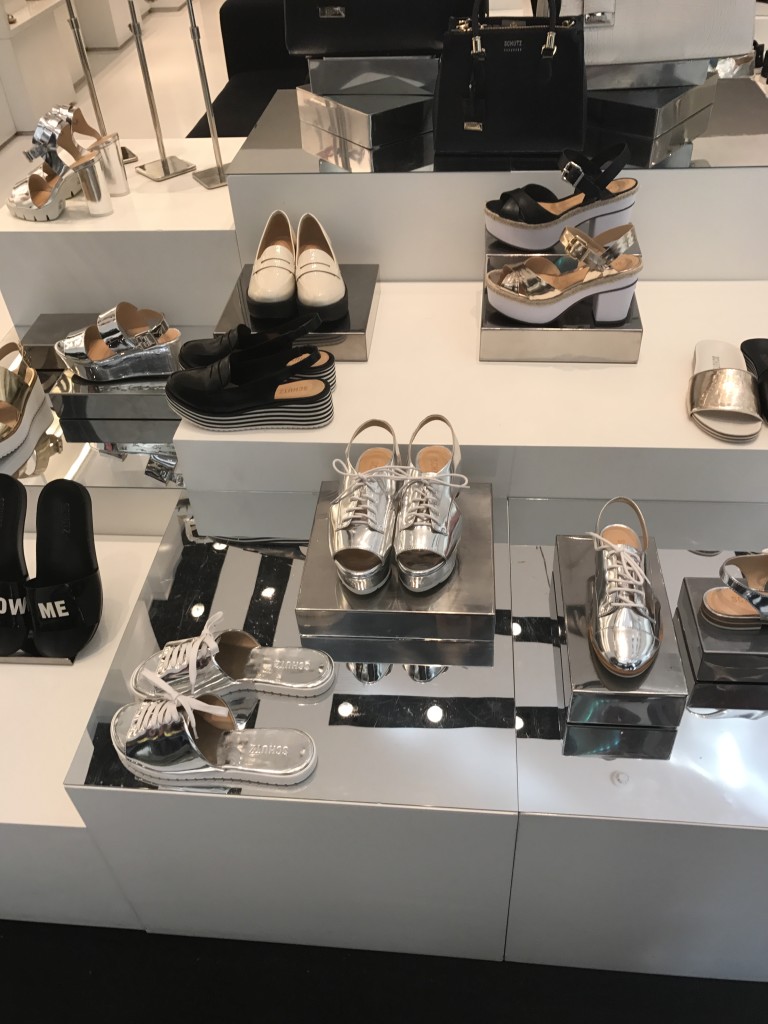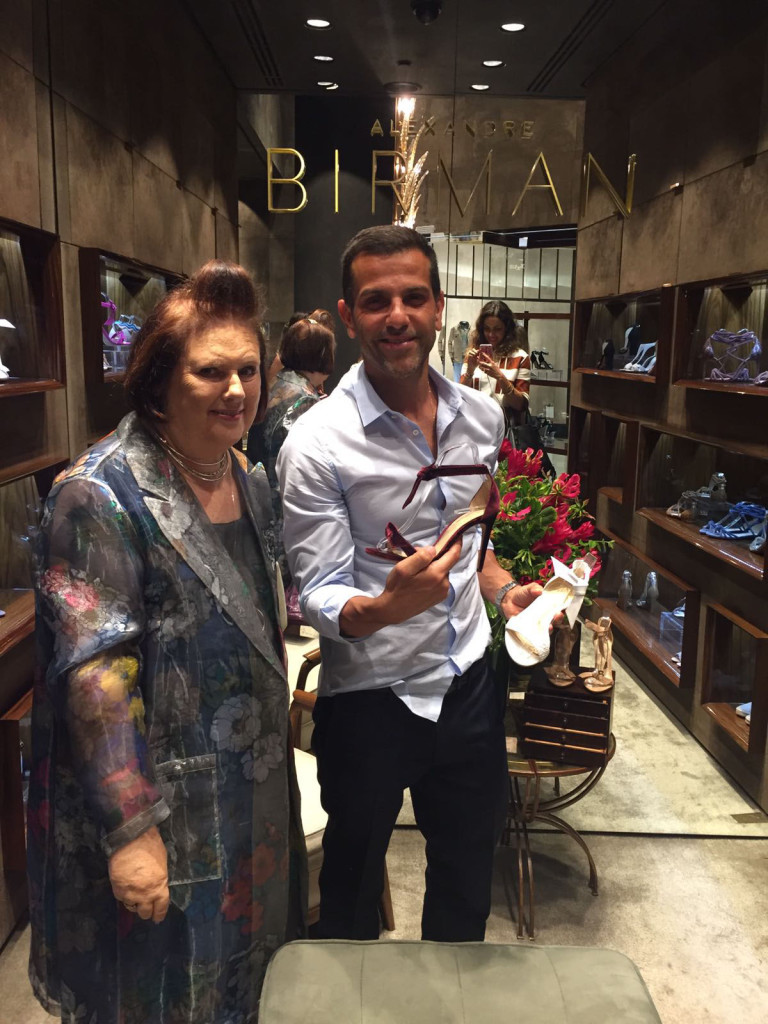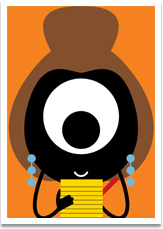The Brazilian shoe entrepreneur is going global – while keeping footwear in the family
Take your choice: nude-coloured sandals swaying with colourful furry pompoms; shiny silver brogues; cork pumps; or olé olé high-heels embroidered with flowers. By the time I had finished my tour of his three different shoe boutiques, I thought that owner Alexandre Birman must have a split personality.
But as soon as we sat down to talk over tea at the Iguatemi mall in São Paulo, I realised that this footwear designer was walking in only one direction: fast forward.
The son of Anderson Birman, who founded the Arezzo shoe brand with brother Jefferson in the Seventies, Alexandre is following in the family’s footsteps, but not necessarily with Birman senior’s focus on exotic skins. Today Alexandre is head of five different brands: Arezzo, which emerged from the family garage in 1972; the more recent labels Schutz (founded by Alexandre in 1995) and Alexandre Birman (founded in 2009); and the diffusion lines Anacapri and Fiever, all produced in the current streamlined factories. All five brands are different in price and style, but they are starting the long walk from Brazil to the rest of the world.
I was eager to hear about the company’s collaboration with designer Prabal Gurung in 2010 for New York Fashion Week, and how the high-end Alexandre Birman brand had landed on the feet of international stars such as Kate Hudson and Katy Perry.
But the shoe executive wanted to tell me the entire backstory, from the moment his father founded the company at age 18 and transformed it over 20 years into a manufacturing hub with more than 2,000 employees. That was in Belo Horizonte, near Brazil’s border with Argentina, where the Italians, who had colonised the area in the 19th century, brought with them the art of shoemaking. Hence “Arezzo” – the Tuscan town, which the Birmans chose from a map of Italy.
When the company rapidly expanded in the Nineties, Arezzo was the name above the door of the family’s first store in São Paulo, in 1991. Twenty-five years later, I found Alexander Birman’s own name in the upscale Iguatemi mall, where stiletto heels on a pair of boots in laser-cut leather and decorated with crystals competed with classic evening shoes in exotic skins. There were even flat sandals made striking by the use of turquoise snake. It was that glamorous look, selling at around $590, that aroused the interest of Bergdorf Goodman’s Fashion Director, Linda Fargo. Meanwhile, the more accessible brands have been progressing since the company went public, which ultimately created other brands in different styles and prices.
I could see that Schutz, a youthful and cool brand, was dear to Alexandre’s heart when he picked up a classic navy loafer with a naval-stripe wedge heel and then showed me cork slip-ons with silvered toes. Metallic effects are the story of Brazil’s current season and the lower-priced Birman line had brogues in silver mesh and lace-ups in a well-polished bronze, as well as Gucci-style loafers, backless as well as silvered.
When I later researched Arezzo & Co’s company profile, I discovered that it now creates 11,500 models per year. Alexandre was open about strategy, especially the hiring of an art director to help upgrade the Arezzo brand. But his personal journey was also evident from his teenage years, he worked beside his father, learning everything, as he puts it, “from the leather classification to the cutting to the stitching”.
“After that I went to the United States when I was 15, living in a boarding school,” he said. “Then I went to Italy to learn Italian and I speak Italian as fluently as I speak English today. Then my father hired a family business consultant to make an assessment of me, and his conclusion was that we should not work together but I should have my own path.”
The result of such individuality was that he told his father that he wanted to launch his own brand with an “outdoor atmosphere” – comfortable shoes offering “peace of mind”. Although this was a period of upheaval, with father and son deciding to sell 25 per cent of the company to investors to help with growth, it was the start of a turnaround: After he and his father had spent 80 per cent of their time as “product people”, Alexandre could now turn to brand building, with a two-year programme at Harvard to hone his business skills.
“We have been able to gain a good market share and to develop a company that is based on people, and the mindset is to create the right product, at the right time, for the right price,” he said. “We believe that to be successful in a professional business, it’s about the product. All the marketing and branding is very important, but if the product doesn’t work, you can invest whatever you want and you will not make a successful brand. There are a lot of great shoes in the world, but few of them fit well. We believe that as well as looking feminine, it has to be comfortable.”
Since he met his wife Johanna, when he spotted her trying on boots in his store, shoes have played a leading role in every single aspect of his life. But he still hadn’t answered my question about how far outside Brazil Arezzo & Co has stepped?
“It’s 90% in Brazil and 10% outside,” Alexandre said, citing the success of Schutz in America because of its price point: under $200 for full leather sole, lining and uppers.
“We saw that the customer who buys her Jimmy Choos for $500-$600 is buying Schutz and thinking that it’s a bargain,” Alexandre said, citing Miami as well as New York as fertile sales grounds.
In Europe, the situation is reversed. The big push is with the Alexandre Birman brand, which is sold in London’s Harvey Nichols and where a big event is planned in-store during the next London Fashion Week. In Paris, the same shoe line is at Montaigne Market.
I had one last question for Alexandre, who was wearing streamlined loafers with deliberately bashed-in backs that could only have been Gucci. Why had he chosen them?
“I really love shoes and I was literally born and raised in this business,” he said. “There is a joke that my friends say about me – my baby stroller was a shoe box – and that’s kind of true. I love this loafer. I love the projects of my favourite brands and all my trainers and sneakers. But today I felt like wearing a loafer to meet you. I hope that I made the right choice?”

